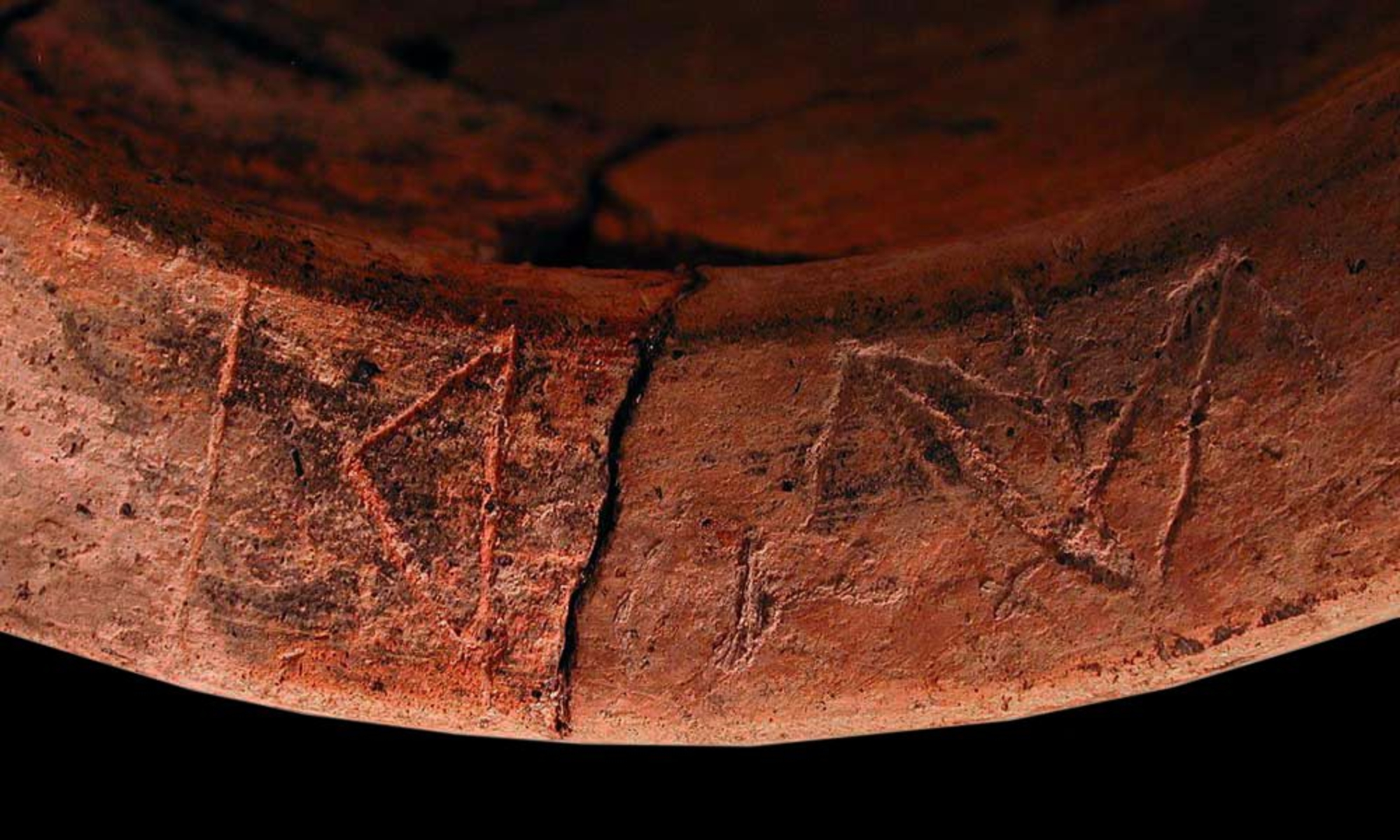
- Home
- Crafts and trade
- The early history of Lattes
The emergence of a commercial network
The first trading activities between the Mediterranean world and the Gauls of Languedoc took place around 625 BCE - nearly a century before Lattara was founded. By the early 6th century, simple exchanges had blossomed into real commercial networks that included all the indigenous settlements of the south of France. Naturally, the sites located near the coast derived the greatest benefit from imported products, particularly wine amphorae and tableware. Depending on the shifting political and trade alliances that shaped the various Mediterranean societies, both the trade networks and the products that were transported and distributed throughout the many indigenous settlements also changed – a reflection of the trade routes.
525/475 BCE
Unlike what has been found at other indigenous settlements in southern France – where products from Marseille represented the lion's share of imports by the late 6th century BCE – imports at Lattes were, from the very beginning, Etruscan in origin.
In addition to traditional non-wheel-thrown vases created by the indigenous population and a few containers from Greece and Marseille, the vast majority of amphorae and most tableware discovered in the original town came from Etruria, probably from Vulci and Caere. A great many amphorae, used for transporting wine, were found.
Tableware (bowls) and cookware (urns and lids for cooking, mortars for preparing food) supplemented domestic items. Some of these vases bear Etruscan inscriptions.










